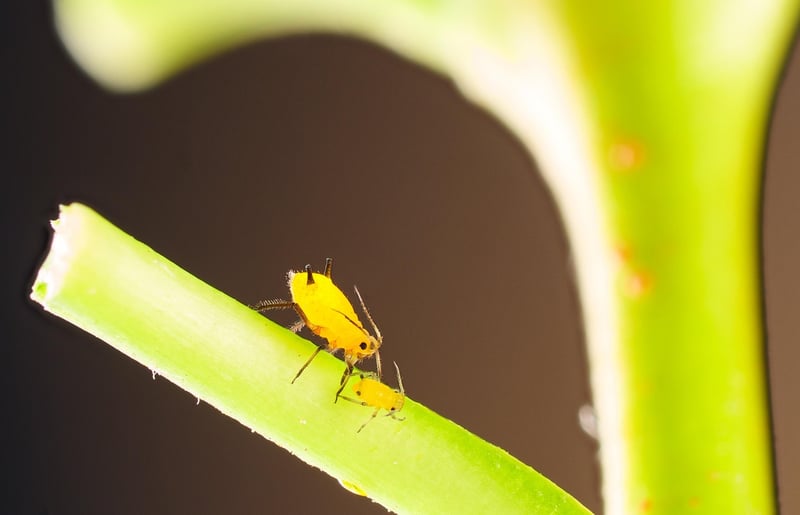Pest control methods
Keeping Your Garden Healthy: Pest Control Methods
Introduction
Having a healthy garden is essential for plant growth and overall aesthetics. One common challenge that gardeners face is dealing with pests that can damage plants. In this article, we will explore effective pest control methods to help you maintain a thriving garden.
1. Identify the Pests
Before implementing any pest control measures, it is crucial to identify the specific pests affecting your garden. Common garden pests include aphids, caterpillars, snails, and slugs. Take time to observe your plants and look for signs of pest infestation.
2. Natural Remedies
Using natural remedies is an eco-friendly way to control pests in your garden. Some effective natural solutions include:
- Neem Oil: Effective against a wide range of pests and safe for beneficial insects.
- Diatomaceous Earth: Acts as a physical barrier to pests and is safe for plants.
- Garlic Spray: Repels insects and can be easily made at home.
3. Companion Planting
Companion planting involves growing certain plants together to benefit each other. Some plants can naturally repel pests or attract beneficial insects. For example, planting marigolds can deter nematodes, while attracting pollinators like bees.
4. Integrated Pest Management (IPM)
IPM is a holistic approach to pest control that combines multiple strategies to minimize pest damage. This method focuses on prevention, monitoring, and control. By using IPM, you can reduce the need for chemical pesticides.
5. Attract Beneficial Insects
Encouraging beneficial insects like ladybugs, lacewings, and parasitic wasps can help control pest populations naturally. Planting nectar-rich flowers and providing shelter for these insects can create a balanced ecosystem in your garden.
Conclusion
Maintaining a healthy garden requires proactive pest control measures. By identifying pests early, using natural remedies, practicing companion planting, implementing IPM, and attracting beneficial insects, you can keep your garden thriving without harming the environment. Remember, a healthy garden is a happy garden!


